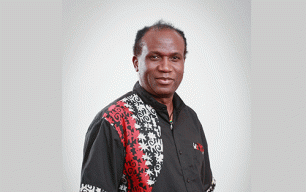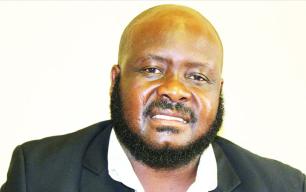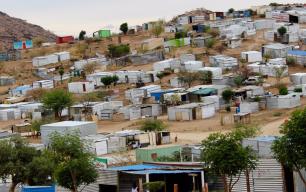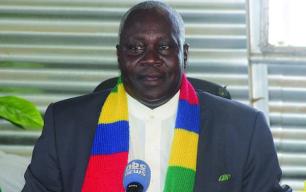Social media a weapon agaisnt GBV

By Hilja Shikongo
A powerful wave of purple has taken over social media platforms as young people across South Africa and beyond unite to fight gender-based violence and femicide. The campaign, driven by Women For Change, encourages the public to change their profile pictures to purple and use purple-heart emojis to honour victims and survivors of abuse.
The movement quickly spread across TikTok, Instagram, Facebook and X, with thousands of users adopting violet-coloured avatars to send a clear message: “violence against women must end.”
Advocates explain that the colour purple represents strength, dignity and remembrance. According to Women For Change, the purple profile pictures “symbolise women standing in solidarity with those who have suffered abuse, those who lost their lives to violence.”
The gesture is simple but very impactful a form of digital activism that allows young people to participate in something larger than themselves.
However, this is not just an online trend. Women For Change has used the momentum to push for urgent political action. South Africa continues to face one of the world’s most alarming femicide rates, with a woman murdered approximately every 2.5 hours. Activists demand that the government declare gender-based violence a national emergency, stressing that the issue can no longer be ignored.
As one activist statement warned;
“Until South Africa stops burying a woman every 2.5 hours, the G20 cannot speak of growth and progress.”
To increase pressure, Women For Change organised a nationwide shutdown for 21 November. Women and members of the LGBTQ+ community were urged to withdraw all labour paid and unpaid and avoid shopping, to demonstrate the economic value of those affected by violence.
Participants were also encouraged to wear black and lie down at noon for a 15-minute “standstill,” symbolising the fifteen women murdered each day in South Africa. The protest was timed to coincide with global 16 Days of Activism and the G20 Summit, ensuring the crisis remained visible on both national and international stages.
TikTok has been at the heart of the mobilisation, empowering young users to turn advocacy into viral action. Creators mix emotional storytelling, statistics and calls to action alongside hashtags such as #WomenShutdown and #WomenForChange. A popular clip asked:
“If not now, then when?”
South African pop star Tyla even changed her profile to purple, amplifying the movement to her millions of followers.
What began in South Africa soon crossed borders. Supporters in Namibia, Zimbabwe, Kenya and as far away as Haiti and Belgium joined in by changing their avatars and sharing messages of solidarity. Many Namibian youths posted purple ribbons and shared their own experiences calling for justice at home.
The movement’s international reach shows that the fight against gender-based violence is universal and youth are at the forefront of demanding a safer world.
The symbolism of purple has grown into a unifying force. Activists used purple hearts to remember those who have been lost and those still living with trauma.
Many TikTok users changed their profile pictures and captions said, “Let’s just take a moment to remember the countless women we have lost to gender-based violence.”
For many, every purple post represents a voice refusing to stay silent.
The digital protest tells a collective story of pain, resistance and hope. It challenges authorities to take responsibility and act. When women face violence “at a rate six times higher than the global average,” as recent reports highlight, silence is no longer an option.
The purple-profile protest is a call to leaders and communities to treat gender-based violence as the national disaster it already is.
- 137 views










Comments